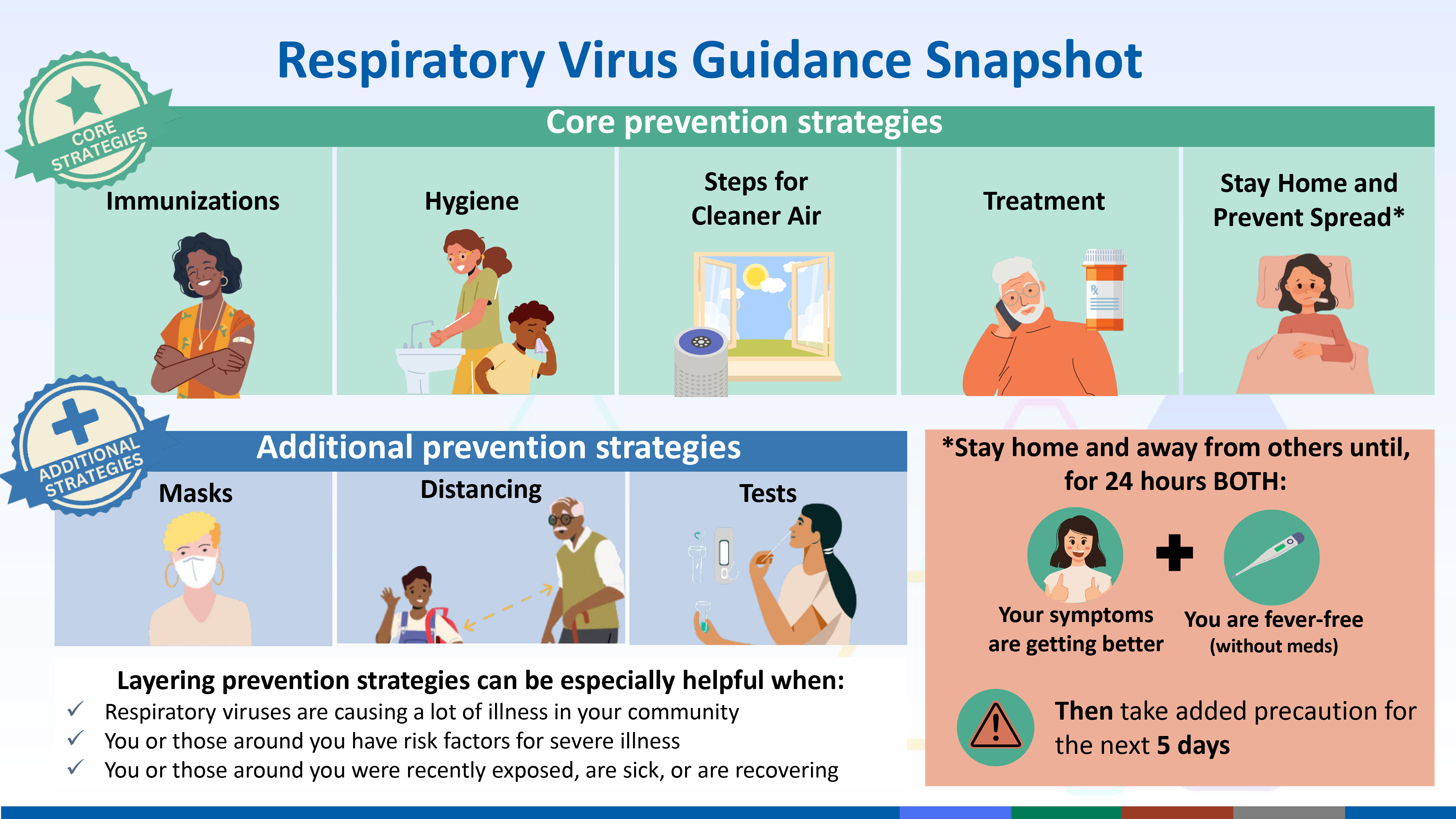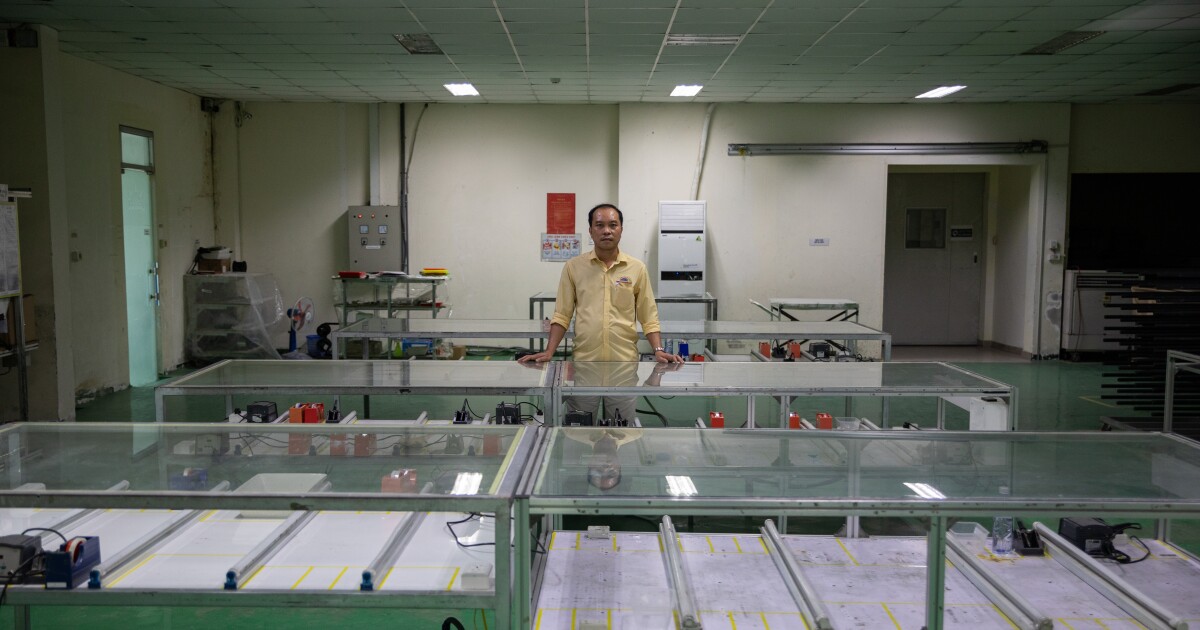Kawasaki Disease: A Novel Respiratory Virus As The Culprit?

Table of Contents
The Enigma of Kawasaki Disease
Kawasaki disease presents with a constellation of symptoms, making definitive diagnosis crucial for timely intervention. These symptoms typically include a persistent high fever lasting at least five days, a characteristic rash, swollen lymph nodes (especially in the neck), inflammation of the mucous membranes (eyes, mouth, throat), and changes in the extremities (hands and feet, including swelling and redness). The most serious complication is the development of coronary artery aneurysms, which can lead to heart damage and long-term cardiovascular issues.
The etiology of Kawasaki disease remains unclear. While genetic predisposition and environmental triggers are suspected, no single definitive causative agent has been identified. Current understanding points to a complex interplay of factors, but the missing piece of the puzzle remains the initial trigger initiating the inflammatory cascade.
- High fever lasting at least 5 days: This is a hallmark symptom, often unresponsive to typical antipyretics.
- Characteristic rash: A polymorphous rash, often involving the trunk and extremities, is commonly observed.
- Swollen lymph nodes: Cervical lymphadenopathy (swollen lymph nodes in the neck) is a frequent finding.
- Inflammation of mucous membranes: Conjunctivitis (red eyes), strawberry tongue, and inflamed lips and throat are common features.
- Changes in extremities (hands and feet): Edema (swelling), erythema (redness), and desquamation (peeling skin) are observed in the later stages.
- Risk of coronary artery aneurysms: This is a major concern, potentially leading to long-term cardiac complications.
The Case for a Novel Respiratory Virus
A growing body of research suggests a strong association between respiratory viral infections and the development of Kawasaki disease. Studies have observed an increased incidence of Kawasaki disease following outbreaks of various respiratory viruses, hinting at a possible causal link. While no single virus has been definitively identified as the culprit, the pattern suggests that a yet-to-be-discovered respiratory virus, or a specific strain of a known virus exhibiting novel pathogenic properties, may be the trigger.
The potential mechanisms by which a novel virus could trigger Kawasaki disease's inflammatory response are numerous. The virus might directly infect endothelial cells (cells lining blood vessels), leading to inflammation. Alternatively, the viral infection could trigger a dysregulated immune response, causing the body to mistakenly attack its own blood vessels. Similarities in symptoms and inflammatory pathways between Kawasaki disease and other viral infections further strengthen this hypothesis.
- Increased incidence of Kawasaki disease following respiratory viral outbreaks: This temporal correlation suggests a potential causal relationship.
- Detection of specific viral RNA/DNA in patient samples: While not consistently replicated across studies, some research suggests the presence of specific viral genetic material in Kawasaki disease patients. Further investigation is crucial.
- Potential immune dysregulation triggered by viral infection: A hyperactive immune response could explain the intense inflammation seen in Kawasaki disease.
- Similarities in symptoms and inflammatory pathways between Kawasaki disease and other viral infections: This shared pathology hints at a common underlying mechanism.
Challenges in Identifying the Culprit Virus
Identifying a novel virus responsible for Kawasaki disease presents significant challenges. The virus might be rare, making it difficult to detect in large-scale studies. Rapid mutation rates could also complicate identification, rendering existing diagnostic tests ineffective. Furthermore, standard viral culture techniques may not be suitable for isolating and growing a novel virus.
To overcome these hurdles, advanced molecular techniques are essential. Metagenomic sequencing, a powerful tool that allows for the detection and characterization of all viral and bacterial DNA or RNA in a sample, offers a promising approach. Large-scale epidemiological studies are also needed to establish robust statistical links between viral infections and Kawasaki disease incidence.
- Difficulties in isolating and culturing novel viruses: Standard techniques might not be applicable for a novel, potentially fastidious, virus.
- Need for large-scale epidemiological studies: More research is necessary to confirm the association between viral infections and Kawasaki disease prevalence.
- Technological advancements needed for early detection and diagnosis: Rapid and sensitive diagnostic tools are crucial for timely intervention.
- Potential for co-infections masking the true causative agent: The presence of multiple infections might complicate the identification of the primary viral trigger.
Implications for Diagnosis and Treatment
Identifying a novel respiratory virus as the cause of Kawasaki disease could revolutionize its diagnosis and treatment. Rapid diagnostic tests, based on the detection of the specific viral agent, could facilitate earlier intervention, minimizing the risk of coronary artery aneurysms and other severe complications. Targeted antiviral therapies could effectively combat the viral infection, preventing the cascade of inflammatory events. Furthermore, personalized treatment strategies, tailored to individual viral strains and immune responses, could lead to improved outcomes.
- Development of rapid diagnostic tests: Early diagnosis is crucial for effective management and prevention of complications.
- Targeted antiviral therapies: Specific antiviral drugs could effectively neutralize the causative virus, reducing inflammation.
- Personalized treatment strategies based on viral identification: Tailoring treatments to specific viral strains could improve efficacy and minimize adverse effects.
- Improved preventative measures: Identifying the virus could enable the development of effective vaccines or prophylactic strategies.
Conclusion
The mystery surrounding Kawasaki disease persists, but the possibility of a novel respiratory virus playing a central role offers a new avenue for investigation. While challenges remain in identifying the specific culprit, advancements in molecular techniques and large-scale epidemiological studies hold significant promise. Continued research into the viral etiology of Kawasaki disease is paramount for improving diagnosis, treatment, and ultimately, prevention. Learn more about the latest research on Kawasaki syndrome and novel respiratory viruses to stay informed about advancements in this critical area of pediatric health.

Featured Posts
-
 Investigating The Death Bath A Serial Killers Signature Crime Scene
May 30, 2025
Investigating The Death Bath A Serial Killers Signature Crime Scene
May 30, 2025 -
 Reecouter L Integrale D Europe 1 Soir Du 19 Mars 2025
May 30, 2025
Reecouter L Integrale D Europe 1 Soir Du 19 Mars 2025
May 30, 2025 -
 Analysis How The New Us Energy Policy Could Affect Consumer Energy Costs
May 30, 2025
Analysis How The New Us Energy Policy Could Affect Consumer Energy Costs
May 30, 2025 -
 Significant Tariffs On Southeast Asian Solar Imports Us Announces Up To 3 521 Duties
May 30, 2025
Significant Tariffs On Southeast Asian Solar Imports Us Announces Up To 3 521 Duties
May 30, 2025 -
 Kalinskaya Defeats Keys In Thrilling Charleston Quarterfinal
May 30, 2025
Kalinskaya Defeats Keys In Thrilling Charleston Quarterfinal
May 30, 2025
